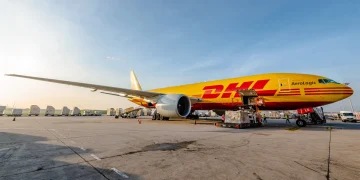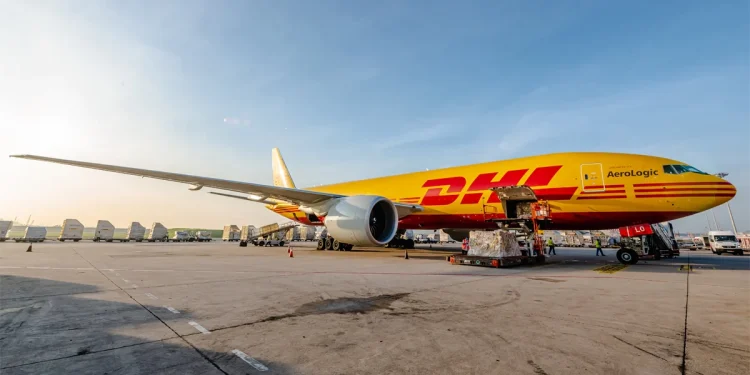Southeast Asia’s air cargo sector is experiencing a significant surge in demand, driven by the region’s economic growth, expanding e-commerce, and recovering manufacturing activity. Airlines and logistics providers are rapidly scaling up their operations to capitalize on this booming market, which has become a key driver of global airfreight growth.
The region’s strategic location as a hub for international trade, coupled with its thriving manufacturing and export sectors, has positioned Southeast Asia as a critical player in the global supply chain. Countries like Vietnam, Thailand, and Malaysia are seeing increased demand for air cargo services, particularly for high-value goods such as electronics, automotive parts, and pharmaceuticals.
Major carriers, including Singapore Airlines, Thai Airways, and Garuda Indonesia, have expanded their freighter fleets and added new routes to meet the growing demand. Low-cost carriers are also entering the air cargo market, offering innovative solutions to cater to small and medium-sized enterprises (SMEs) that rely on fast and cost-effective shipping.
John Lim, a logistics analyst at Asia Trade Insights, commented, “Southeast Asia’s air cargo market is thriving due to its robust economic fundamentals and the region’s integration into global trade networks. Carriers are seizing this opportunity to strengthen their presence and capture a larger share of the market.”
The e-commerce boom has been a major catalyst for this growth. With online shopping becoming increasingly popular across the region, the need for efficient and reliable airfreight services has never been greater. E-commerce giants like Shopee, Lazada, and Tokopedia are driving demand for cross-border logistics, further fueling the air cargo boom.
However, the rapid growth has also brought challenges. Capacity constraints, rising fuel costs, and infrastructure limitations are putting pressure on carriers and logistics providers. Industry stakeholders are calling for increased investment in airport facilities, digitalization, and sustainable practices to ensure the long-term growth of the sector.
Despite these challenges, the outlook for Southeast Asia’s air cargo market remains positive. As the region continues to prosper, its role in global trade is expected to grow, creating new opportunities for airlines, logistics providers, and businesses alike.
For now, the air cargo boom in Southeast Asia is a testament to the region’s resilience and potential. By addressing the challenges and leveraging the opportunities, the industry is well-positioned to sustain its growth and contribute to the global economy.
#AirCargo #SoutheastAsia #Logistics #Ecommerce #SupplyChain #Freight #GlobalTrade #Airlines #EconomicGrowth #LogisticsNews























